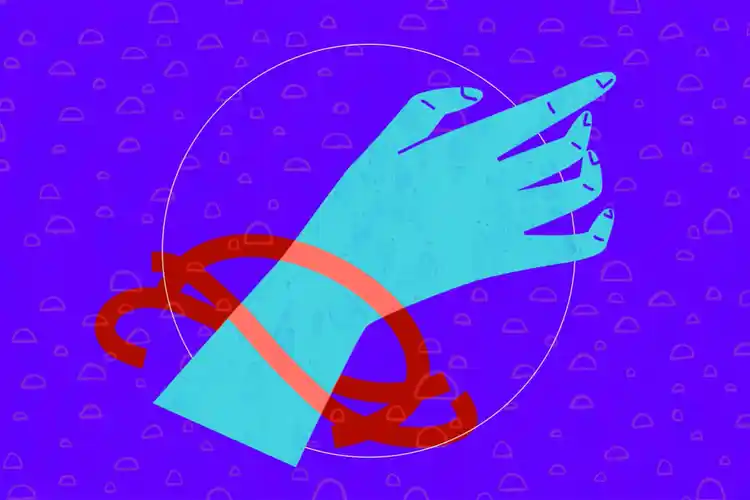Understanding Spasticity

Hide Video Transcript
Video Transcript
SPEAKER: Understanding spasticity.
Spasticity is a condition in which muscles become stiff and tight from contracting for long periods.
It's usually caused by conditions that affect the central nervous system, which is responsible for controlling muscle movement and reflexes.
Spasticity is a symptom of conditions, like multiple sclerosis, cerebral palsy, stroke, and traumatic injury to the brain or spinal cord.
It can look like a tightly folded arm with a flexed wrist and tightly curled fingers or like a pointed foot and curled toes.
These involuntary movements caused by spasticity have different names. Spasms are quick or sustained. Clonus is when contractions occur in quick groups, and contracture is when these reflexes contract continually and become frozen in an abnormal position.
Left untreated, spasticity can cause pain, permanent joint deformity, impaired speech patterns, and abnormal posture among other things.
Non-surgical treatments include physical therapy, occupational therapy, bracing or casting, yoga, and oral medications.
Living with spasticity can be difficult, but mobility aids and modifications to your home can help improve safety. Installing grab bars, ramps, and putting a seat in the shower can help enormously.
If you have spasticity, talk to your doctor, neurologist, or physical therapist about options that are right for you.
Spasticity is a condition in which muscles become stiff and tight from contracting for long periods.
It's usually caused by conditions that affect the central nervous system, which is responsible for controlling muscle movement and reflexes.
Spasticity is a symptom of conditions, like multiple sclerosis, cerebral palsy, stroke, and traumatic injury to the brain or spinal cord.
It can look like a tightly folded arm with a flexed wrist and tightly curled fingers or like a pointed foot and curled toes.
These involuntary movements caused by spasticity have different names. Spasms are quick or sustained. Clonus is when contractions occur in quick groups, and contracture is when these reflexes contract continually and become frozen in an abnormal position.
Left untreated, spasticity can cause pain, permanent joint deformity, impaired speech patterns, and abnormal posture among other things.
Non-surgical treatments include physical therapy, occupational therapy, bracing or casting, yoga, and oral medications.
Living with spasticity can be difficult, but mobility aids and modifications to your home can help improve safety. Installing grab bars, ramps, and putting a seat in the shower can help enormously.
If you have spasticity, talk to your doctor, neurologist, or physical therapist about options that are right for you.
